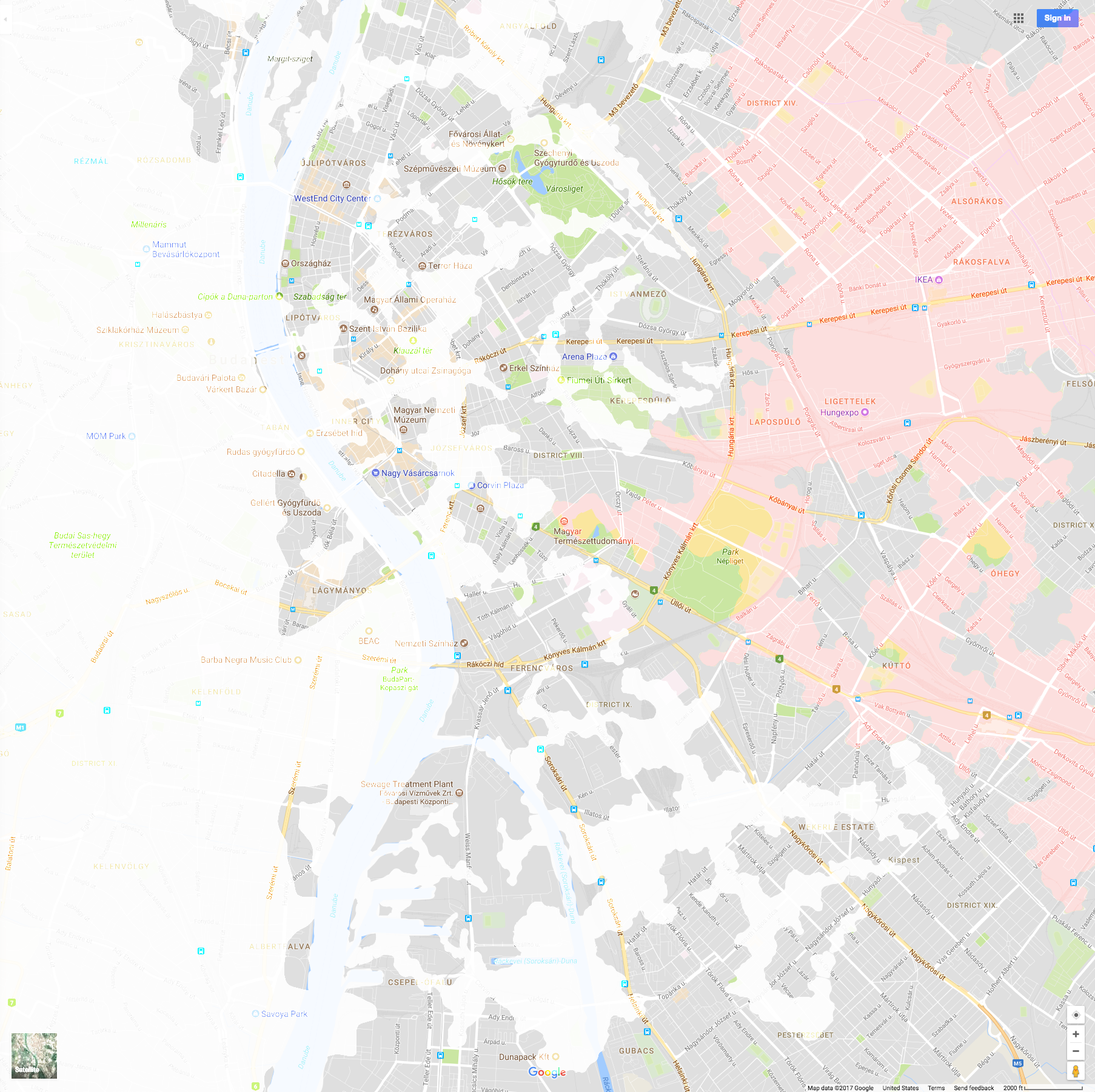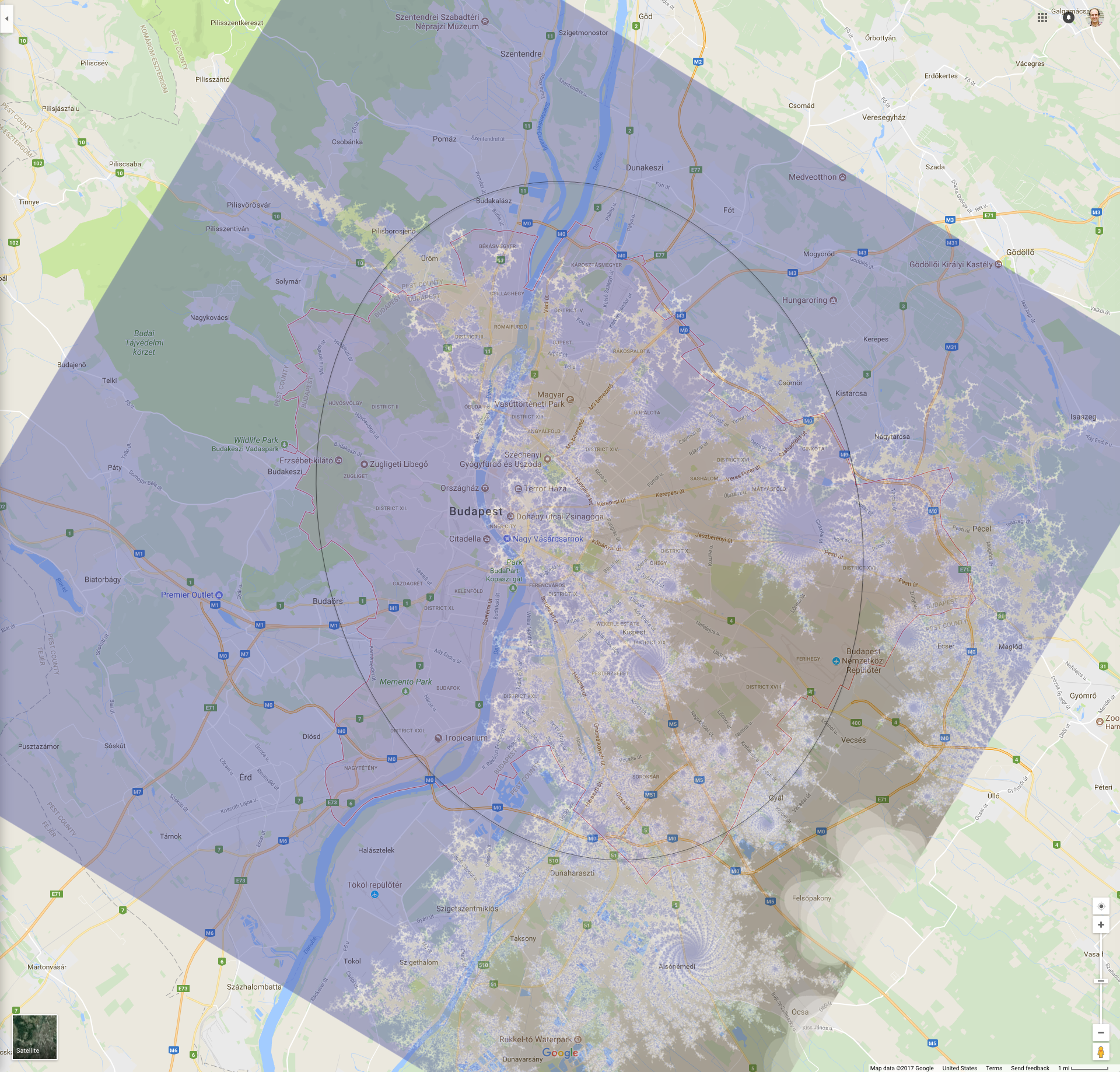A recent article in Politico discusses the current political debate about new spending on the United States’s infrastructure in historical terms. Two centuries ago we had a similar debate, where the Whig Party sought to invest in canals and roads to grow America’s internal market, against strong Democratic opposition.
Nathaniel Hawthorne, the great novelist, was one of the opposing voices, seeing in improved logistics a great risk to agrarian supremacy. I’ve been listening to the audiobook of Marc J Seifer’s Wizard: The Life and Times of Nikola Tesla, in which I learned that Hawthorne’s son Julian was one of Tesla’s strongest public advocates, even supporting Tesla’s mistaken belief* that he had received transmissions from Mars on his Colorado Springs wireless testing.
In one life, we see vast technological change, and its effects can be so sweeping that our grandchildren’s world is unimaginable to us. And yet, because it’s the only world we get, and because we inherit it, it seems permanent, and dependable.
The elder Hawthorne fought against canals that now are parks, supplanted by railroads whose tracks are often now parks too. The younger Hawthorne, whose novels tended toward the fantasy and science-fiction of his day, in the vein of Stevenson and Bulwer-Lytton, so took the world his father fought against for granted, since it was granted him, that his restless imagination and privilege sought something even newer and grander.
My choice of literary themes probably puts me in Julian’s camp, but you’ll notice that “privilege” I tossed in the previous sentence. While I benefit from the success of the Julians, the environmental degradation, social disruption, and grim life of repetitive labor in coal-driven factories that Nathaniel feared all happened too, and in many places still happen.
I’m simply noting that what we see around us is as fluid as the state of our kitchen sinks — and most days, we’re not ready to admit that.
*The source of Tesla’s Martian transmissions is now thought to have been early Morse-coded testing by his wireless rival Marconi.

